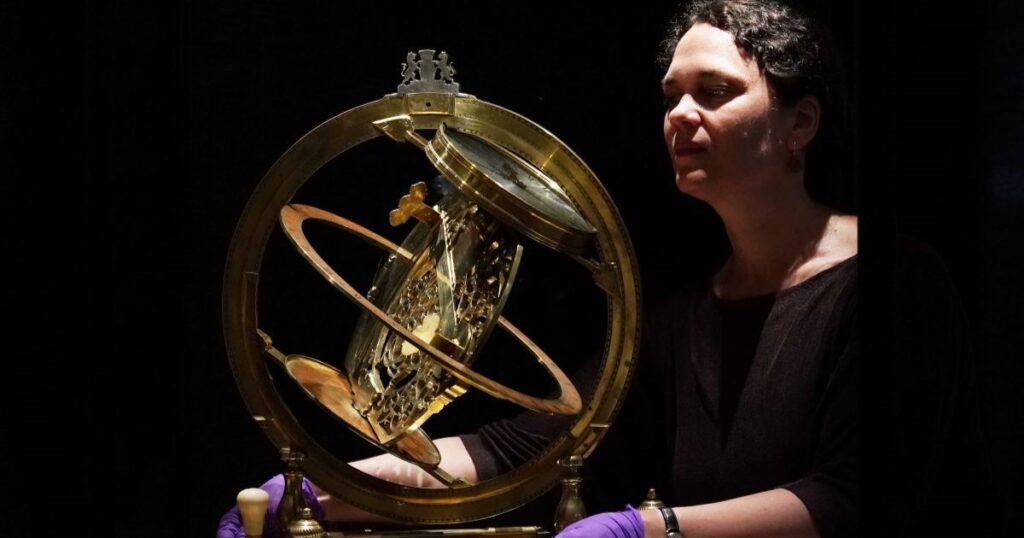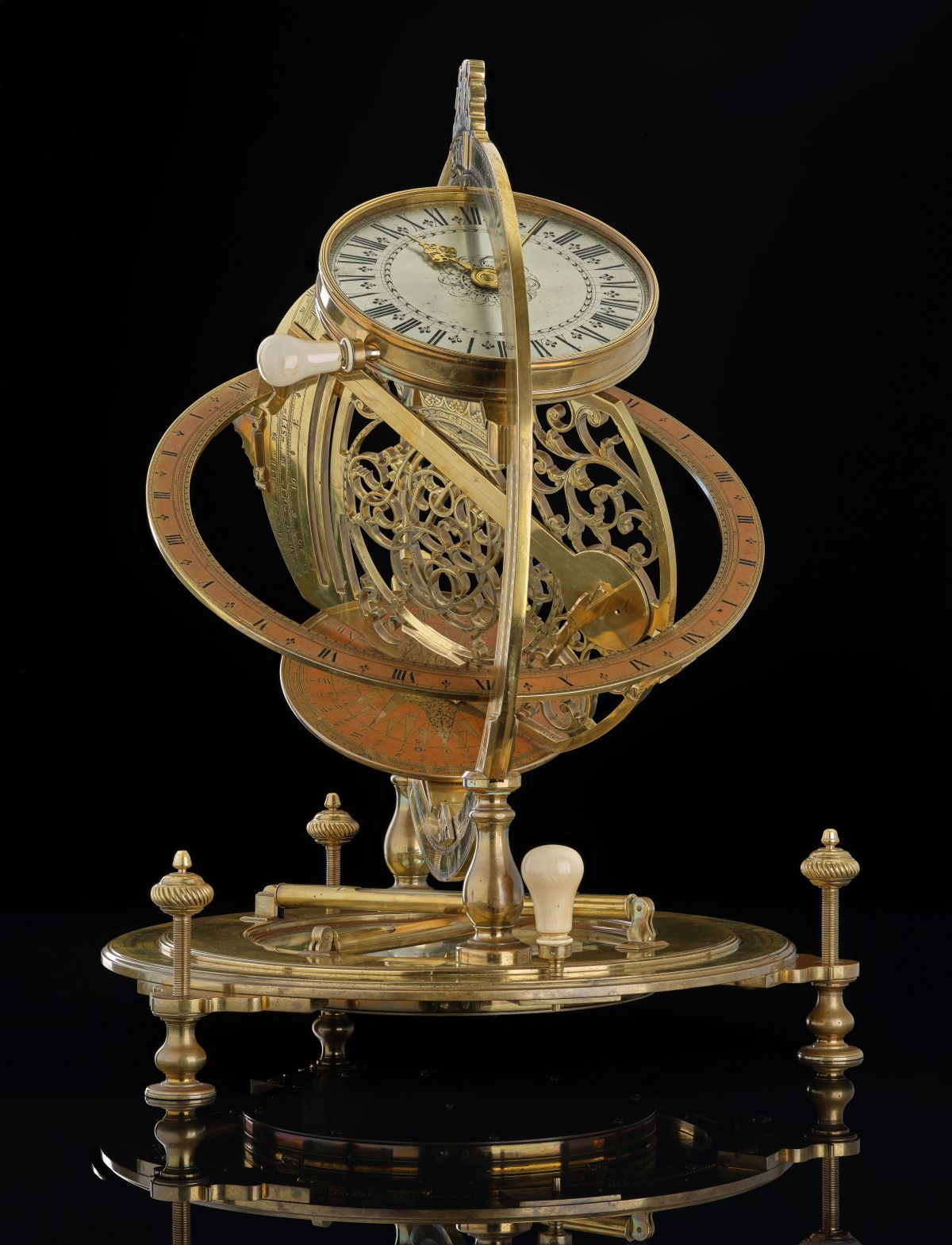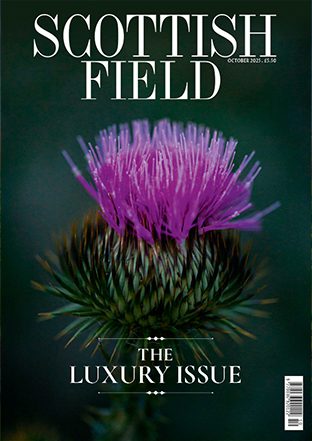
The Ilay Glynne dial: ‘Masterpiece’ 18th century sundial made for founder of RBS acquired for the nation
It was made for the founder of the Royal Bank of Scotland, one of the most politically powerful figures in the first half of the 18th century, and used to measure local time from the Sun.
But now the Ilay Glynne dial, an ornate ‘masterpiece’, has been acquired for the nation and following extensive conservation work is now on display at the National Museum of Scotland in Edinburgh.
The dial was commissioned by and belonged to Archibald Campbell, Earl of Ilay and later 3rd Duke of Argyll.
Ilay was hugely influential figure in post-Union Scotland. He had control over royal patronage in Scotland, and managed Scottish affairs, making him the most politically powerful figure in the first half of the 18th century.
He was a founder and the first governor of the Royal Bank of Scotland. His likeness used to appear on all RBS banknotes, and still appears on the £100 note today.
Through his patronage, including at Scottish universities, he became an important sponsor and promoter of the culture of the Scottish Enlightenment
The dial is signed by Richard Glynne, a successful and well-regarded maker of mathematical instruments and a member of the Clockmakers’ Company.
Glynne was closely integrated with a growing community of British instrument makers and produced instruments of outstanding quality, of which this dial is the most important surviving example.
The dial is of a type first made for figures such as Peter I of Russia and Queen Anne’s consort, Prince George of Denmark, suggesting Ilay commissioned it from Glynne as a projection of his reputation as a nobleman of wealth and status.
Of imposing size, in brass and silvered brass, it is surmounted with the Ilay coat of arms, with leopard supporters, coronet and motto, and the central plate is decorated with the monogram ‘AC’, for Archibald Campbell, beneath an earl’s coronet.
‘We’re delighted to be able to acquire the spectacular Ilay Glynne dial and hugely grateful to the funders who have made it possible,’ Dr Rebekah Higgitt, from National Museums Scotland, said.
‘It is an addition which reflects the breadth of our collections, being at once a significant scientific instrument, an object of great beauty and one with strong connections to key developments in Scotland’s history.’
The Ilay Glynne dial reveals the Earl of Ilay not just as the politically powerful and wealthy figure he is best known as, but also as a patron of arts, science and learning.
It is through this patronage that Ilay is widely believed to have contributed to the Scottish Enlightenment.

Credit: National Museums Scotland.
Those he supported include philosopher Francis Hutcheson, chemist Joseph Black, astronomer Alexander Wilson, poet Allan Ramsay and other ingenious individuals who created emblematic works of 18th-century Scottish culture.
In Scotland, Ilay pursued agricultural and infrastructure projects, the development of fisheries and promotion of the linen trade.
As founder and governor of the Royal Bank of Scotland and the British Linen Company he aimed to encourage others to invest and improve.
Some of these investments were in overseas trading companies, such as the African Company, East India Company and South Seas Company, which profited from colonisation and the exploitation of enslaved people, an important reminder of a key source of wealth that underlay economic and cultural change in 18th-century Scotland.
‘The Ilay-Glynne dial is a magnificent example of scientific endeavour, and we are delighted to have supported National Museums Scotland to acquire it for a UK public collection,’ Dr Simon Thurley, Chair of the National Heritage Memorial Fund, said.
‘Not only is it an exquisite instrument, but its provenance offers an opportunity to explore important stories about scientific, intellectual and cultural currents that saw the birth of the Scottish Enlightenment.’
Read more Culture stories here.
Subscribe to read the latest issue of Scottish Field.
TAGS

